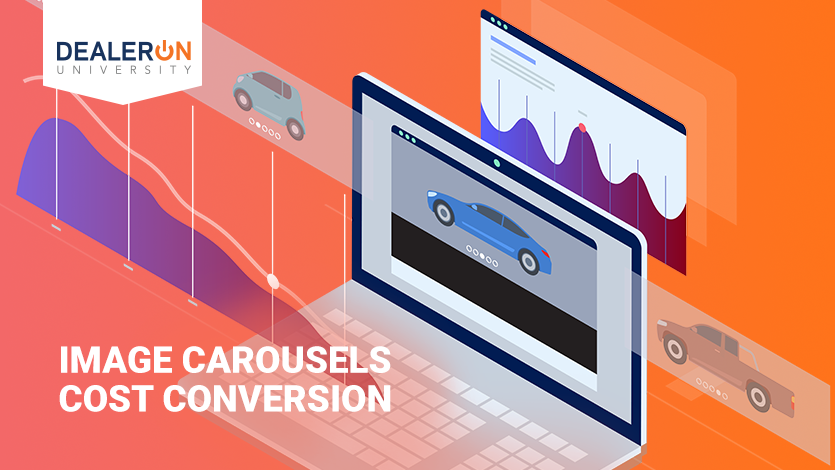
There’s an old joke that a camel is a horse designed by committee. With its gangly legs, the face that’s somehow both goofy and smug, and of course the famous hump, you can see why. The joke gets to the core of a truism that has been at the heart of design philosophy from the beginning. That idea is, put simply, that design should have a single vision in order to be effective.
Probably not what you were expecting from the headline. Go with me for a second. Image carousels rotate between any number of pretty images, offers, and so on. Because they can’t decide on one. They are, in essence, choosing them all. Any teacher will tell you that choosing everything is the same as choosing nothing. You’re turning your website into a camel.
Image carousels do look nice, and enjoyed a waning period of being the new hotness of design. It wasn’t their attractiveness that placed them there; it was the very fact that a website could put all the things it wanted in the carousel. The lack of decisiveness was a feature, not a bug. But let’s talk hard data, because here’s what you need to keep in mind: Image carousels destroy your conversion rate.
Erik Runyon, the Director of Web Communications at Notre Dame, studied the click-through rates on image carousels. He found that 1% of visitors actually interacted with them. 1%. Why? Maybe they didn’t even see it. Banner-blindness is a thing. As humans, we only have so much attention to go around, and we tend to edit out those sights that we’ve learned not to care about. It’s the same phenomenon that makes it almost impossible to remember what used to be where that new gas station is.
And only 3% of that 1% who interacted with the carousel (so .003% of all visitors) clicked through it. Other studies backed up his figures. So, at best, we’re already talking about a complete waste of time and effort for something that is taking up the lion’s share of your above-the-fold space. Besides, anyone who is clicking on that banner is going after the first image anyway at a whopping 65% rate (and this is completely without regards to what that image is).
But wait, it gets worse.
Auto-rotating carousels solve the problem of no one interacting with the carousel long enough to see any subsequent image, but at what cost? Anyone who has spent more than five minutes online has seen something that rotated on its own, and chances are there might even have been something on there you wanted to see. Well, tough. It’s auto-rotated away and is gone into the ether. Your choices are to sit there and wait for it to come up again, or forget about it entirely. The latter is the path of least resistance and tends to be the one we pick. In other words, no one is going to buy from a website that just annoyed them.
This is about the most important factor of web design: clarity. What is the purpose of your site and what is the clearest call to action you can present your users with? Do that, and you have what you need. Your solution is simplicity itself.


